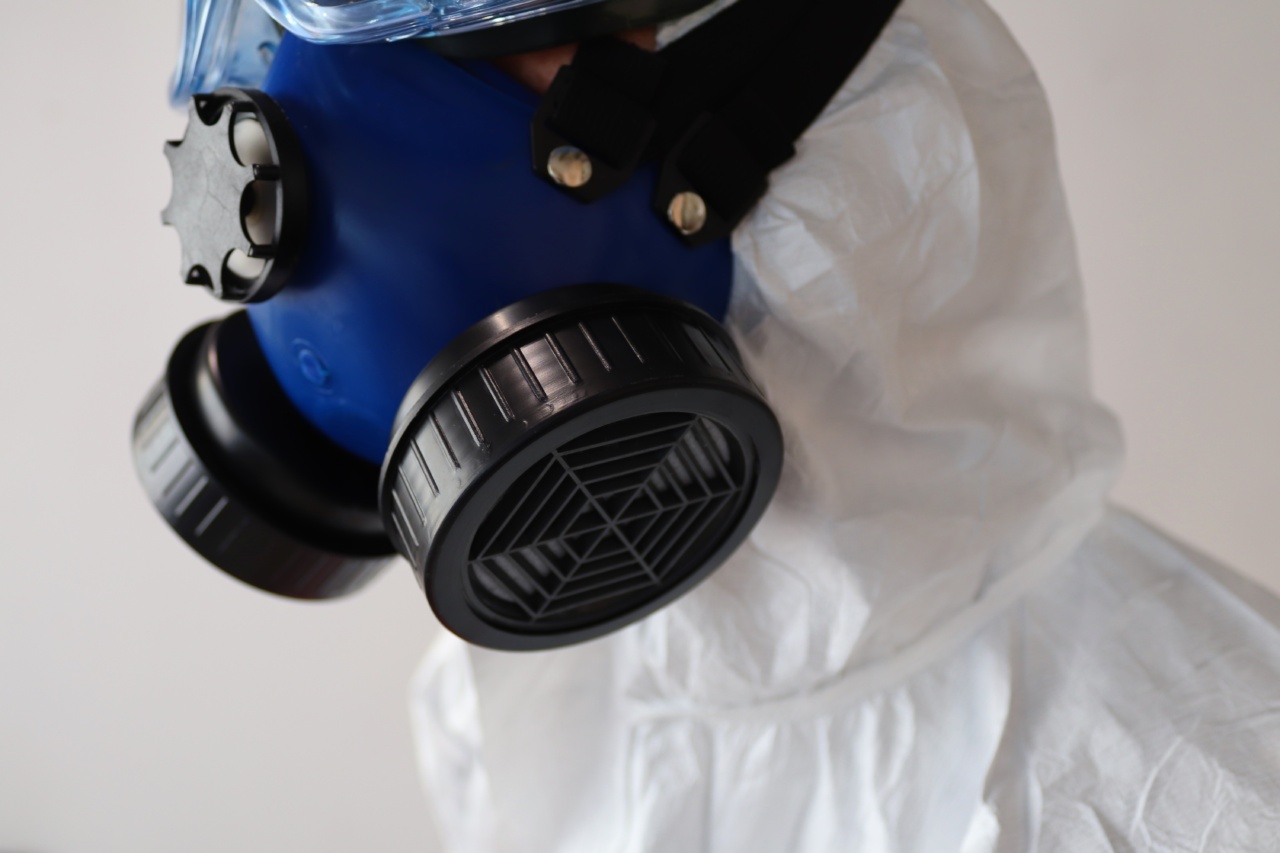The importance of respiratory health cannot be overstated. Our ability to breathe freely is essential for our overall well-being, yet respiratory diseases continue to affect millions of people worldwide.
From asthma to chronic obstructive pulmonary disease (COPD) and lung cancer, these conditions can significantly impact individuals’ quality of life. It is crucial to raise awareness about respiratory diseases, their causes, symptoms, prevention, and treatment to ensure better respiratory health for everyone.
This article aims to shed light on the significance of respiratory health and emphasize the need to continue raising awareness about respiratory diseases.
The Global Burden of Respiratory Diseases
Respiratory diseases pose a significant health burden worldwide, affecting people of all ages and socioeconomic backgrounds. According to the World Health Organization (WHO), approximately 4 million people die each year due to respiratory conditions.
This alarming number highlights the urgent need for increased awareness and preventive measures.
The Impact of Respiratory Diseases on Quality of Life
Respiratory diseases can have a profound impact on an individual’s quality of life. Conditions such as asthma and COPD can cause frequent breathlessness, chest tightness, and wheezing, making everyday activities challenging.
Simple tasks like climbing stairs or going for a walk become arduous, affecting one’s independence and overall well-being. Furthermore, respiratory diseases can lead to frequent hospitalizations and significantly increase healthcare costs for individuals and society as a whole.
Causes and Risk Factors
Understanding the causes and risk factors associated with respiratory diseases is vital in preventing their onset and progression. While genetics can play a role in certain conditions, environmental factors also contribute significantly.
Exposure to air pollution, both indoor and outdoor, can trigger or exacerbate respiratory symptoms. Tobacco smoke, chemical fumes, and occupational hazards are also potential risk factors.
Symptoms and Early Detection
Recognizing the symptoms of respiratory diseases and seeking early detection is crucial in managing these conditions effectively. Common symptoms include coughing, shortness of breath, wheezing, chest pain, and fatigue.
However, it is important to note that symptoms can vary depending on the specific respiratory disease. Regular check-ups, lung function tests, and chest X-rays can aid in early detection, leading to timely interventions and improved outcomes.
Prevention and Risk Reduction
While some respiratory diseases cannot be completely prevented, adopting certain preventive measures can help reduce the risk and minimize symptoms. Here are some strategies:.
- Avoid exposure to tobacco smoke: Smoking and secondhand smoke are known to be major contributors to respiratory diseases. Quitting smoking and avoiding places where others smoke can significantly reduce the risk.
- Maintain indoor air quality: Use proper ventilation, minimize exposure to allergens, and avoid the use of chemical-laden household products that can impact respiratory health.
- Manage outdoor air pollution: Stay informed about air quality in your area and take necessary precautions, such as using face masks or avoiding outdoor activities during times of high pollution.
- Stay physically active: Regular exercise, as recommended by healthcare professionals, helps improve lung function and overall respiratory health.
- Eat a healthy diet: A nutritious, well-balanced diet rich in fruits, vegetables, and whole grains can provide essential nutrients and antioxidants that support lung health.
Treatment and Management
Proper treatment and management play a crucial role in controlling respiratory diseases and minimizing their impact on individuals’ lives.
Depending on the specific condition, treatment options may vary and can include medications, inhalers, pulmonary rehabilitation, and surgical interventions. In cases of chronic conditions, such as COPD, adherence to a treatment plan and ongoing medical supervision are essential for long-term management.
Stigma and Misconceptions
Despite the widespread prevalence of respiratory diseases, there still exists a degree of stigma and misconceptions surrounding these conditions.
Some people may view respiratory illnesses as self-inflicted due to smoking or dismiss them as minor inconveniences. Raising awareness about the true nature and impact of respiratory diseases can help dispel such misconceptions and foster empathy and support for those affected.
Advancements and Research
Medical research and technological advancements continue to pave the way for improved understanding, diagnosis, and treatment of respiratory diseases.
Researchers are constantly working towards developing innovative therapies, targeted interventions, and improved diagnostic tools. Investments in research and support for clinical trials are vital to accelerate progress in the field of respiratory healthcare.
Continuing the Conversation: Raising Awareness
Raising awareness about respiratory diseases must remain an ongoing effort.
Governments, healthcare organizations, and communities should collaborate to educate the public, support research initiatives, and promote healthy behaviors that prevent respiratory conditions. Public campaigns, awareness events, and educational programs can collectively contribute to early detection, improved management, and ultimately, better respiratory health for all.
Conclusion
Your ability to breathe freely is a precious gift that should never be taken for granted. Respiratory diseases continue to be a significant global health burden, affecting millions of lives.
By increasing awareness about these conditions, their causes, symptoms, prevention, and treatment options, we can work towards reducing the impact of respiratory diseases on individuals and communities. Let us breathe easy and make respiratory health a priority.




























